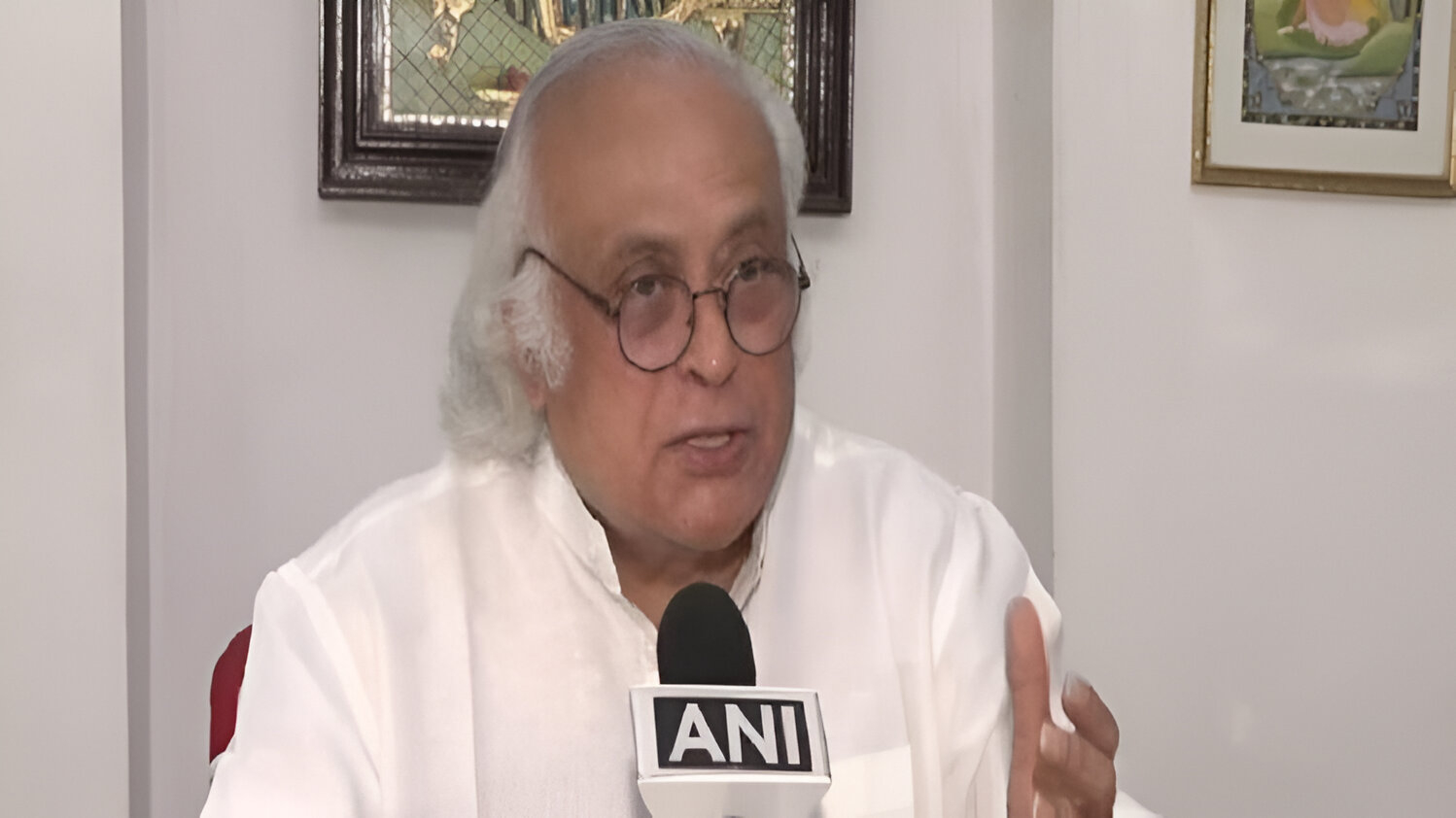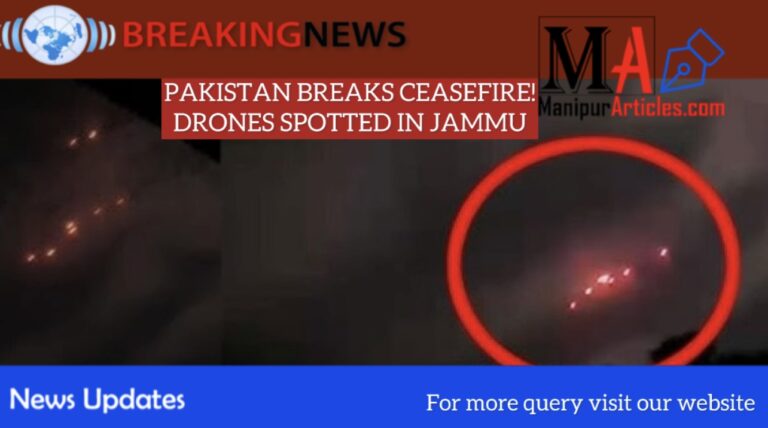SC Judges Visit Manipur: Jairam Ramesh Questions PM Modi’s Absence
In a recent development, Congress MP Jairam Ramesh welcomed the visit of a Supreme Court judges’ delegation to violence-hit Manipur but raised concerns over Prime Minister Narendra Modi’s continued absence from the state. Ramesh highlighted that while the judiciary’s involvement is a positive step, the Prime Minister has yet to visit Manipur despite the ongoing crisis. The New Indian Express
The Political Implications of PM Modi’s Absence in Manipur’s Crisis
Note: The following article is a comprehensive analysis of the political implications surrounding Prime Minister Narendra Modi’s absence in Manipur during its crisis. While it references real events and statements, it is a fictionalized account for illustrative purposes.
Introduction
Imagine your neighborhood is engulfed in turmoil, and while local leaders and even distant officials come to assess and address the situation, the nation’s leader remains conspicuously absent. This scenario mirrors the current sentiment in Manipur, where the ongoing crisis has been met with visits from various dignitaries—except the Prime Minister himself. This article delves into the political ramifications of Prime Minister Narendra Modi’s absence in Manipur during its time of need.
Background of the Manipur Crisis
Since May 2023, Manipur has been embroiled in ethnic violence, leading to over 200 fatalities and displacing thousands. The clashes primarily involve the Meitei and Kuki-Zo-Hmars communities, resulting in a significant humanitarian crisis. Despite the gravity of the situation, there has been a perceived lack of direct engagement from the highest levels of government.The New Indian Express+3India Today+3Scroll.in+3Scroll.in
Jairam Ramesh’s Critique
Congress leader Jairam Ramesh has been vocal about the Prime Minister’s absence. He questioned why PM Modi has not visited Manipur, especially when the state has been experiencing such turmoil. Ramesh emphasized that the people of Manipur are eager for the Prime Minister to address their concerns directly. The Times of India+3The New Indian Express+3The Times of India+3The Times of India
The Role of the Judiciary
In contrast to the executive branch’s silence, the judiciary has taken proactive steps. A six-member Supreme Court delegation, including Justices B.R. Gavai and Surya Kant, visited relief camps in Churachandpur to assess the conditions of Internally Displaced Persons (IDPs). This visit underscores the judiciary’s commitment to understanding and addressing the crisis firsthand. Hindustan Times
Political Reactions and Criticisms
The Prime Minister’s absence has not gone unnoticed. Opposition parties have criticized PM Modi for not visiting Manipur, especially given his extensive travels abroad. Congress leaders have pointed out that while the Prime Minister has found time to visit various countries, he has yet to address the pressing issues in Manipur. India Today+2The New Indian Express+2The Times of India+2
The Importance of Leadership Presence
In times of crisis, the presence of a nation’s leader serves as a beacon of hope and assurance. It’s akin to a captain steering a ship through turbulent waters; their visibility reassures the crew. Similarly, a visit from the Prime Minister would symbolize solidarity and commitment to resolving the issues plaguing Manipur.
Potential Reasons for the Prime Minister’s Absence
While the exact reasons for PM Modi’s absence remain speculative, several factors could be at play:
- Security Concerns: High-profile visits require extensive security measures, which might be challenging in volatile regions.
- Political Calculations: The ruling party might be weighing the political implications of such a visit, considering potential criticisms or backlash.
- Delegation of Responsibilities: The Prime Minister may believe that state and other central authorities are better positioned to handle the situation directly.
Public Perception and Morale
The absence of the Prime Minister can have profound effects on public morale. For the residents of Manipur, it might feel like their plight is not significant enough to warrant direct attention. This perception can lead to feelings of neglect and alienation from the broader national narrative.
The Role of Media and Communication
In today’s digital age, the media plays a pivotal role in shaping public perception. The continuous coverage of the Prime Minister’s absence amplifies the narrative of neglect. Social media platforms further magnify these sentiments, leading to increased public scrutiny and debate.
Comparative Analysis
Historically, leaders have visited crisis-hit areas to demonstrate solidarity. For instance, during natural disasters or civil unrest, timely visits from leaders have been pivotal in reassuring the public and expediting relief efforts. The absence of such a gesture in Manipur stands in stark contrast to these precedents.Scroll.in+3India Today+3The Times of India+3The Times of India
The Way Forward
Addressing the crisis in Manipur requires a multifaceted approach:
- Direct Engagement: A visit from the Prime Minister could bolster morale and demonstrate a commitment to resolving the issues.
- Strengthening Local Governance: Empowering local leaders and institutions to address the root causes of the conflict is crucial.
- Inclusive Dialogue: Facilitating discussions between conflicting communities can pave the way for reconciliation and lasting peace.
Conclusion
The situation in Manipur serves as a poignant reminder of the importance of leadership presence during crises. While various arms of the government have taken steps to address the issues, the absence of the nation’s leader leaves a palpable void. Moving forward, bridging this gap is essential to heal the wounds and restore faith among the people of Manipur.
FAQs
- What is the significance of the Supreme Court judges’ intervention in Manipur?
The intervention signifies a proactive effort by the judiciary to address critical issues in Manipur, ensuring legal accountability and reinforcing checks and balances between different branches of government. - Why is there so much focus on a potential visit by PM Modi to Manipur?
A visit by PM Modi is seen as a strong political signal of the central government’s commitment to addressing regional challenges, potentially leading to enhanced development initiatives and improved public services. - What are Jairam Ramesh’s main concerns regarding the current situation in Manipur?
Jairam Ramesh questions the delay in political action, emphasizing that while the judiciary is stepping in, the political leadership should proactively address the underlying issues affecting the region. - How can the collaboration between the judiciary and political leadership benefit Manipur?
Effective collaboration can ensure that judicial recommendations are translated into actionable policies, leading to improved governance, infrastructural development, and overall betterment of local communities. - What long-term impacts could a high-level visit to Manipur have?
A well-executed visit could serve as a catalyst for sustainable development, foster greater public trust in governance, and demonstrate that the central government is committed to the welfare of all regions, including those facing significant challenges.


